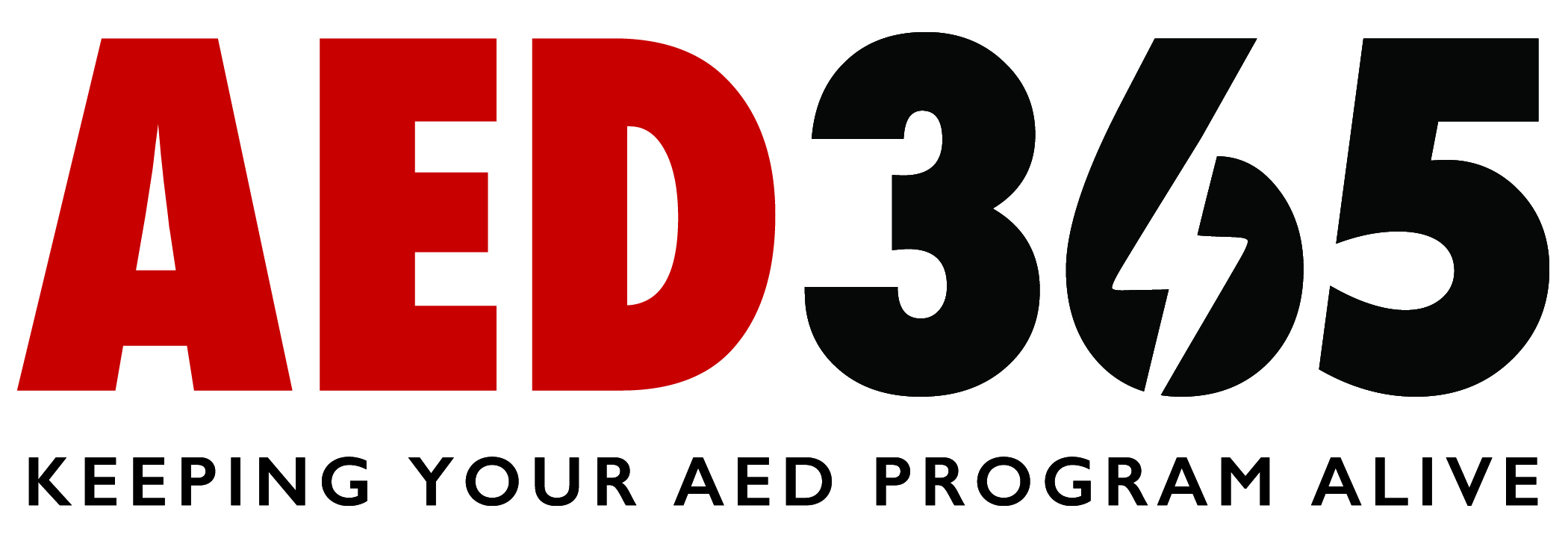Author: Marcy Burnham, RN
When someone collapses from sudden cardiac arrest, time becomes the most critical factor. Every second without circulation decreases their chance of survival. But here’s the powerful truth: your hand can become their heart.
That’s right—Your Hand Is Their Heart. With each compression you give, you’re acting as a life-support system, pumping blood to vital organs and keeping them alive until professional help arrives.
Why Bystander CPR Matters
Sudden cardiac arrest (SCA) is a leading cause of death, claiming hundreds of thousands of lives each year. It can happen anywhere—on the street, at home, in the gym, or at a ball game. But what happens in the first few minutes after collapse is critical.
When a bystander steps in and starts high-quality CPR, it can double or even triple the chance of survival.
Unfortunately, too many people hesitate to act. Maybe they’re afraid of doing it wrong. Maybe they think someone else will step in. But doing something is almost always better than doing nothing. And hands-only CPR is simple and effective:
- Call 911 (or direct someone else to do it).
- Push hard and fast in the center of the chest (to the beat of a song like Stayin’ Alive).
- Don’t stop until help arrives or an AED is available.
Every Second Counts
The heart stops pumping oxygen-rich blood to the brain and body immediately after cardiac arrest. Brain damage can begin in as little as 4–6 minutes without circulation. Emergency services often take longer than that to arrive. That’s why you—yes, you—are the first line of defense.
Your quick action can keep someone’s brain and body alive until professional responders can restart their heart.
The Simplicity and Strength of Hands-Only CPR
You don’t need to be certified to perform hands-only CPR. Just knowing the basics and having the courage to step in can make all the difference.
- No breaths required. Just focus on hard, fast compressions.
- 100–120 compressions per minute. That’s about 2 per second.
- Push at least 2 inches deep in the center of the chest.
Be the Difference
When you hear, “Your Hand Is Their Heart,” remember: your hands hold the power to save a life. You don’t need a medical degree. You don’t need special equipment. You need the willingness to act and the confidence that your help matters.
If you’ve never taken a CPR course, let this be your sign to do it. If you’ve taken one before, consider refreshing your skills or practicing on a manikin.
Because one day, a life may depend on your hands.
Your Hand Is Their Heart—Don’t Hesitate. Start CPR. Save a Life.
Office: (205) 417-4711
Email: info@aed365.com










